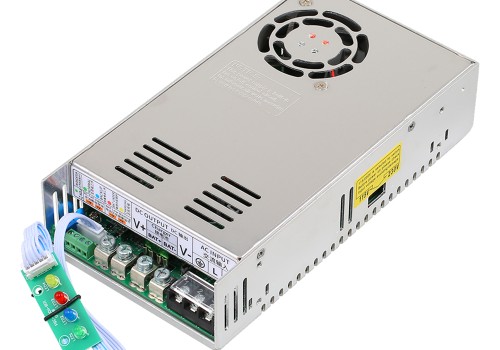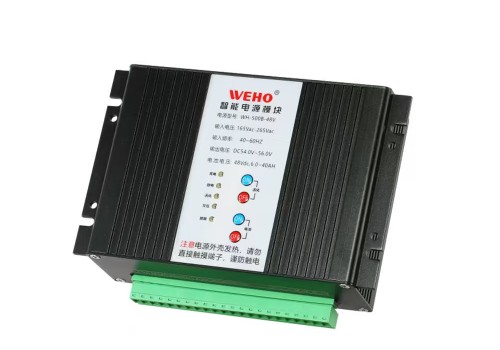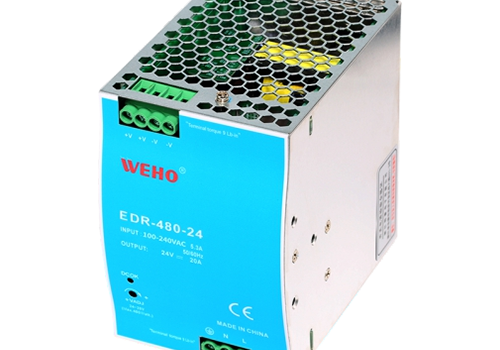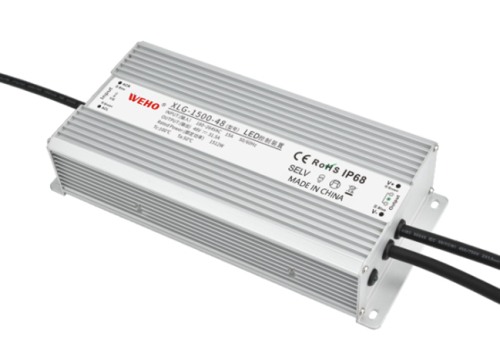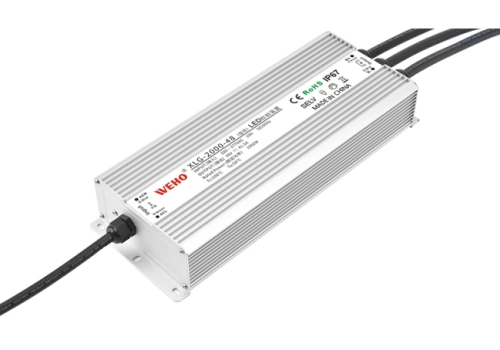Peak load defines a set period of time during which power is required to keep equipment running on demand. Whether you are in the telecommunications industry, manufacturing, or any other application that requires high power, having a reliable, efficient power supply is essential.
Frequently, a system or device might need elevated power levels for a brief duration while remaining capable of functioning at a slightly lower power threshold.
By employing a 200W power supply designed to accommodate peak loads exceeding 300W, engineers can effectively manage costs associated with acquiring more robust and power-intensive converters.
In this blog post, we will discuss the factors to consider when selecting a power supply for peak load applications and provide you with valuable insights to make an informed decision.
Difference Between Base Load and Peak Load
The base load represents the essential minimum electricity demand needed over 24 hours. It involves supplying power to components that operate continuously, known as continuous loads.
On the other hand, peak loads refer to periods of heightened demand, usually of shorter duration. Peak demand can be defined as the variance between the fundamental demand and the maximum demand during peak periods.
What is The Difference Between Rated Power and Peak Power?
The RMS power handling capability denotes the sustained power level a device can manage continuously. For instance, if you have speakers with a 30W RMS rating and a peak power rating of 60W, it implies that the speakers can consistently handle 30W but are capable of withstanding power bursts of up to 60W.
On the other hand, the maximum power rating signifies the power a PN junction or diode can dissipate before sustaining damage.
Understanding peak power helps determine the appropriate voltage rail to use, while the power rating indicates the device’s ability to dissipate power without experiencing any detrimental effects.
Various devices, such as printers, POS systems, monitors, and embedded systems, utilize both rated and peak power. In the case of POS systems, these encompass a range of components like touch screens, computers, kiosks, terminals, scanners, keyboards, cash drawers, and additional elements.
How to Choose A Peak Load Application Power Supply?
It is particularly advised for inductive loads, such as motors and relays, to utilize a power supply with high peak power capability. This can be specially observed in applications that usually exhibit increased peak loads.
Such instances are not limited to but predominantly encompass industrial control cabinets, intelligent access control systems, and specific white goods’ control panels.
A potential strategy to manage peak current occurrences is the incorporation of a current-limiting resistor. This is arranged in series with the capacitive load to establish an upper limit for the output current.
Alternatively, a more feasible approach would be selecting a power supply equipped with distinctive overload protection mechanisms.
By adopting a power supply capable of handling peak loads but featuring lower power ratings, engineers can utilize compact-sized power supplies, thereby decreasing both weight and overall system size relative to their circuitry configurations.
Here are some additional factors electrical designers should consider before selecting a power supply for peak load applications:
Weho Electronics’ Power Supply Solutions
In your pursuit to select the optimal power source for your device, you are bound to encounter an extensive range of options at Weho Electronics. If you have any questions, do not hesitate to contact us at [email protected].






